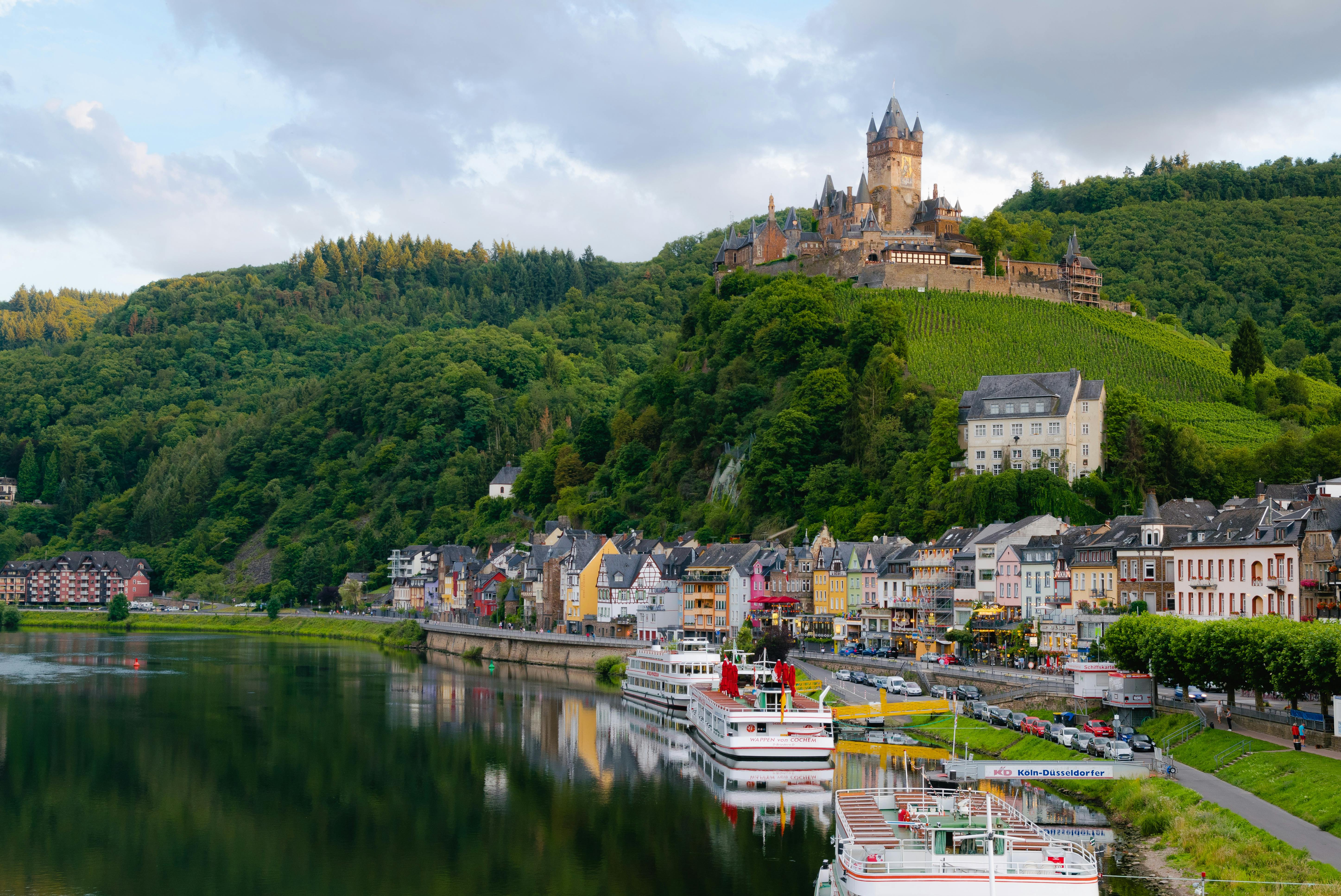Germany’s public transportation system is nothing short of legendary. It’s extensive, efficient, and connects even the most remote towns to bustling cities. But let’s be real, at first glance, it can feel like trying to solve a Rubik’s cube blindfolded. Don’t worry; I’ve got you covered. Whether you’re a tourist exploring the sights or an expat settling into your new German life, this guide will help you glide through Germany’s transport network like a local.
In this post, we’ll look at the details of the German public transport system, you’ll learn the different options, you’ll understand the ticketing system, and I’ll give you some tips to make things easier for you.
Let’s Get Moving: Understanding the System
Germany’s public transport includes trains, buses, trams, and ferries, covering both urban and countryside areas. It sounds simple enough, until you factor in the regional differences, ticket zones, and the occasional delayed train (yes, even the famously punctual Deutsche Bahn has its moments). Here’s a breakdown of the major players:
1. Trains (Deutsche Bahn – DB)
- Long-Distance Trains: InterCity Express (ICE), InterCity (IC), and EuroCity (EC) trains connect major cities and regions . The ICE trains are the fastest and offer a premium travel experience.
- Regional Trains: RegionalBahn (RB), Regional Express (RE), and S-Bahn serve shorter routes within regions.
- S-Bahn (Suburban Trains) The S-Bahn is your go-to for connecting the suburbs to city centers, running mostly above ground. Major cities like Berlin, Munich, and Frankfurt have extensive S-Bahn networks
- U-Bahn (Underground) The U-Bahn operates underground in larger cities like Berlin, Munich, Nuremberg, and Hamburg. It sometimes run above ground in less dense areas
2. Trams (Straßenbahn)
Found in cities like Dresden, Leipzig, and Stuttgart, trams share the roads with cars. My first encounter with a tram in Stuttgart had me confused at a crossing until I figured out what to do by observing other people.
Pro tip: watch for traffic lights, they’re your best friend here.
3. Suspension Railways (Schwebebahn)
Rare but unforgettable. Wuppertal’s Schwebebahn is like something out of a sci-fi movie, dangling gracefully above the city. I used to live there, and trust me, it’s an experience you won’t forget. Another schwebebahn can be found in Düsseldorf connecting the Düsseldorf airport to the city
4. Buses
The backbone of rural and urban areas alike. In smaller towns, buses often do the heavy lifting when other options are sparse.
5. Ferries
Cities like Hamburg integrate ferries into their public transport networks. You can commute by boat while soaking in the views!
Local Transportation
This is Managed by regional associations. It Includes buses, trams, U-Bahn (subway), and S-Bahn (urban rail). Each region has its own app, ticket prices, and systems. Even within the regions, cities can also have their own local transport association with their own app, ticket prices and system. It seems like a complex system, but you slowly get the hang of it.
National Transportation
This which is Primarily managed by Deutsche Bahn. It Includes long-distance trains and some regional services
The Ticketing System
Germany uses a zone-based fare system, particularly in metropolitan areas. Tickets can be purchased for single journeys, multiple rides, or as day, weekly, or monthly passes.
However, the Deutschland Ticket, which is a recent nationwide ticket, offers unlimited travel on regional and local transport for a fixed monthly fee of 58 euro. So while the regular tickets are still available, and may make more sense for tourists for example, the 58 euro ticket as of right now, is the most reasonable ticket to have.
Purchasing Tickets:
You can purchase your tickets from ticket machines at stations, On-board ticket machines (some buses and trams), mobile apps (varies by region), and ticket offices at major stations.
If you are buying the regular tickets, be aware of different zones though, as ticket prices may vary. For example, in hamburg
Validating Tickets:
Many tickets need to be validated before use. Look for small machines near entrances or on platforms, you insert your ticket into the machine at the station or on the vehicle, and it gets stamped.
Pro Tips for Hassle-Free Travel
Plan Ahead: Use Google Maps or regional transport apps to map your route.
Be Punctual: Arrive at least five minutes early to avoid the heartbreak of watching your bus or train leave without you.
Check Directions: Trains, buses, and trams run in both directions. Double-check the destination to avoid ending up in the wrong part of town.
Keep Your Ticket Handy: Random checks are common, and getting caught without a valid ticket can result in hefty fines.
For long-distance trips, book tickets online or via apps like DB Navigator. If you’re a frequent traveler, consider investing in a BahnCard for discounts on train fares.
Accessibility and Amenities
Germany’s transport system is designed to accommodate everyone. Wheelchair users can rely on low-floor trams and buses, as well as elevators at most stations. Major train stations often feature shops, restrooms, and waiting areas, making your journey more comfortable.
Final Words
With a bit of preparation and some patience (especially for those infamous delays), navigating public transportation in Germany can quickly become second nature. You’ll find it to be one of the best ways to explore this beautiful country.
Ready to take your first trip within Germany? Grab your ticket, and let’s ride!










